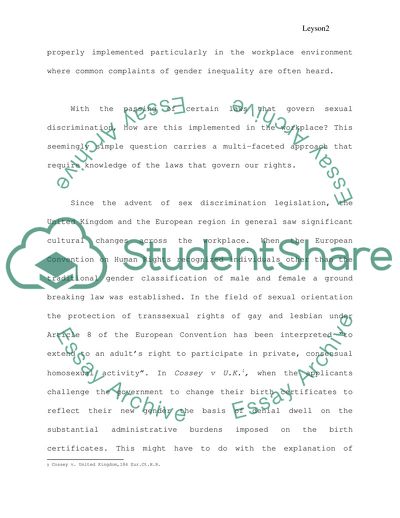Cite this document
(UK Antidiscrimination Law Assignment Example | Topics and Well Written Essays - 1750 words, n.d.)
UK Antidiscrimination Law Assignment Example | Topics and Well Written Essays - 1750 words. https://studentshare.org/law/1703725-issues-in-employment-law
UK Antidiscrimination Law Assignment Example | Topics and Well Written Essays - 1750 words. https://studentshare.org/law/1703725-issues-in-employment-law
(UK Antidiscrimination Law Assignment Example | Topics and Well Written Essays - 1750 Words)
UK Antidiscrimination Law Assignment Example | Topics and Well Written Essays - 1750 Words. https://studentshare.org/law/1703725-issues-in-employment-law.
UK Antidiscrimination Law Assignment Example | Topics and Well Written Essays - 1750 Words. https://studentshare.org/law/1703725-issues-in-employment-law.
“UK Antidiscrimination Law Assignment Example | Topics and Well Written Essays - 1750 Words”. https://studentshare.org/law/1703725-issues-in-employment-law.


